What do obesity, type 2 diabetes, cardiovascular disease, autoimmune disease, osteoporosis, and depression have in common?
They are referred to as “diseases of modern civilization” and six in ten Americans are suffering with at least one of them. They are also the leading cause of death and disability in the States.¹
These diseases are considered “modern” because they’re a new-age problem. Our hunter-gatherer descendants had their share of deadly threats, but chronic disease was not one of them.
So what’s the deal? Why is chronic disease a modern-day problem we can’t seem to find a solution for? And how can we enjoy all of the benefits of being modern humans while still being able to tap into the health, strength and resilience of our bloodline?
While diet and exercise are often touted as the cure for chronic disease (and rightfully so), one of the secrets for achieving more robust health may actually be hiding in our natural environments: specifically the cold.
Chris Kresser, Mark Sisson, Scott Carney and other experts from the field of evolutionary medicine like Daniel Lieberman seek to explore the benefits of cold exposure by viewing human health from an ancestral perspective.
In this article, we'll take a dive into the evolutionary argument for cold exposure, and why it's become so popular in the health-sphere in the last few years.
The Evolutionary Case for Cold Therapy
The evolutionary mismatch hypothesis² suggests that as Homo Sapiens, we evolved to survive and thrive in the natural world by living a hunter-gatherer lifestyle. And since many aspects of our modern environment and lifestyle are completely foreign to our biology, our bodies can respond in maladaptive ways, sometimes manifested as chronic disease.³
The logic follows that the further we stray from our ancestors’ blueprint for surviving and thriving, the sicker and unhealthier we become. Although evolutionary experts may argue about the specifics, their prescription for optimal health is largely the same: eat and move like our ancestors.
However, while these variables are certainly important, there is a third essential pillar of health that diet and exercise neglect: our environment.
Our Biology and the Environment: A Love Story
Our biology has been refined over millions of years to sense and automatically respond to the world around us. Our ability to sense and adapt to our environment not only ensured our survival, but is one of the primary reasons why we’ve thrived.
As a species, traveling on foot with only primitive clothing and tools, we crossed ice-capped mountain ranges, expansive deserts, oceans, and everything in between. We endured extreme temperatures, weathered storms, and survived natural disasters to not only inhabit every corner of the earth, but thrive in spite of the harshness and diversity of these environments.
In other words: Homo Sapiens are badasses!
Now fast forward 200,000 years to the present day...
Although we share the same biological factory settings as our epic ancestors, our modern environment — which we’ve optimized for comfort, gratification and convenience — insulates us from the natural world.
As a result, we’ve grown soft.
Most of us enjoy indoor plumbing, air conditioning, and comfortable temperatures essentially everywhere we go. In fact, an average day for a common westerner likely includes no more than a few minutes of (mostly clothed) exposure to the outside world.
Author Scott Carney writes:
“While we can imagine what a difficult environment might feel like, very few of us routinely experience the stresses of our forebears. With no challenge to overcome, frontier to press, or threat to flee from, the humans of this millennium are overstuffed, overheated, and under-stimulated.”
Living in an ever-ambient environment might ensure our comfort, it has a cost: we no longer experience environmental stimuli. All of the biological systems that allowed us to adapt to environmental changes lay dormant.
These biological systems are what make us strong, resilient human beings. They help us adapt to both internal and external stressors. They make our nervous systems and immune systems strong and robust. Without them, we can be more susceptible to stress, illness, and disease.
So what can we do in our modern world to ensure we don’t lose our natural resiliency?
Deliberately expose ourselves to uncomfortable environmental conditions.
The Missing Pillar of Human Health: Environmental Conditioning
Environmental conditioning is the practice of exposing the body to extreme temperatures for the purpose of improving health and well-being.
In layman’s terms, it basically means: what doesn’t kill us makes us stronger (head nod to author Scott Carney’s book title).
The technical term for this phenomenon is ‘hormesis,’ whereby a small amount of exposure to a potentially deadly stressor can actually have beneficial effects.
Most of us are familiar with hormesis when it comes to exercise. From training cardiovascular endurance to maximum strength and power, we appreciate that progressive doses of stress have positive results such as improved strength, endurance, resilience, and other health benefits.
But what about extreme temperatures? Can regular exposure to extreme heat and cold also make us stronger, more resilient, and healthier?
That’s a cool yes.
Having to adapt to extreme temperatures is like a workout for our central nervous system, cardiovascular system, endocrine system, immune system and more.
In fact, even brief exposure to temperatures outside of our comfort zone can initiate a sequence of physiological reactions that stimulate and upregulate our physiology in ways that no other stimulus can.
And very few environmental stimuli have the same transformational power as the cold.
"Muscles, organs, nerves, fat tissue, and hormones all respond and change because of input they get from the outside world. Critically, some external signals set off a cascade of physiological responses that skip the conscious parts of our brains and connect to a place that controls a wellspring of hidden physical reactions called collectively fight-or-flight responses. For example, a plunge into ice-cold water not only triggers a number of processes to warm the body, but also tweaks insulin production, tightens the circulatory system, and heightens mental awareness. A person actually has to get uncomfortable and experience that frigid cold if they want to initiate those systems." — Scott Carney, What Doesn’t Kill Us
But who wants to voluntarily make themselves uncomfortably cold in the name of better health?
As it turns out...a lot of people.
Cold Thermogenesis: The Hottest New Trend in Health (Pun Intended)
In case you haven’t heard, cold showers, ice baths and cryotherapy have become common practice among biohackers like Ben Greenfield, Dave Asprey and Aubrey Marcus as well as celebrities like Tim Ferris, Tony Robbins, Laird Hamilton and others.
The global popularity of Wim Hof and his method (which combines breathwork, cold exposure and mindset training), is another testament to the increased interest in cold thermogenesis.
And while the idea of restoring some of our lost evolutionary vigor and resilience is inspiring by itself, the concrete research on the physical and mental benefits of cold exposure is mounting.
We now have reason to believe that regular cold exposure may have the ability to help us:
- Reduce stress
- Improve body composition
- Improve cardiovascular fitness
- Strengthen the immune system
- Elevate mood, attention, and mental function
All it takes to experience these potent benefits is a short bout of cold exposure on a regular basis. It can be as simple as a daily cold shower, a post-run ice bath, a brisk walk in winter, or a dip in an ice-cold stream.
And best of all? It’s free!
Ki Points
While chronic disease has become a modern epidemic, we’re not doomed to succumb to the dark side of modern living. The biological systems that seem to be malfunctioning in response to our modern environment aren’t defective; they’ve just been neglected and deprived.
The biological robustness and health of our ancestors is not beyond us...It’s within us, and we can access it if we reintroduce the elements of the natural world that our bodies are aching for.
By tapping into the environmental stressors our ancestors adapted to — like cold temperatures — we may be able to achieve a new level of health and vitality we never thought possible.
When we reintroduce cold exposure into our lives, even if it’s just through a quick cold shower, we can not only improve our health, we can also take a big step towards becoming more human.
Want to give cold training a try? Already have a practice but want some camaraderie and inspiration? Sign up and join Team Kion, Ben Greenfield, and thousands of others for the Cold Thermo Challenge.
When you join the Challenge, you'll get a comprehensive eBook that will teach you everything you need to know to get started and guide you through the journey. In addition, you’ll get the support of other experts, including:
- Jesse Coomer, Wim Hof Method Instructor
- Angi Fletcher, model, triathlete, and biohacker
- Ben Greenfield, New York Times Best Selling Author and health and fitness expert
- Scott Carney, evolutionary cold exposure expert and author of The Wedge and New York Times Best Seller What Doesn’t Kill Us
Sign up for free today to get access to exclusive expert content and the free eBook, Cold Thermo Unearthed.
Scientific Research
- https://www.cdc.gov/chronicdisease/resources/infographic/chronic-diseases.htm
- https://www.ncbi.nlm.nih.gov/pmc/articles/PMC6109377/
- https://www.nature.com/articles/s41576-018-0012-3
* These statements have not been evaluated by the Food and Drug Administration. This product is not intended to diagnose, treat, cure, or prevent any disease.
© 2022 Kion. All rights reserved.



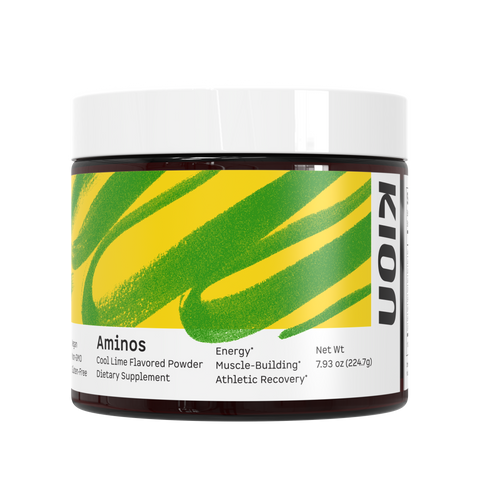
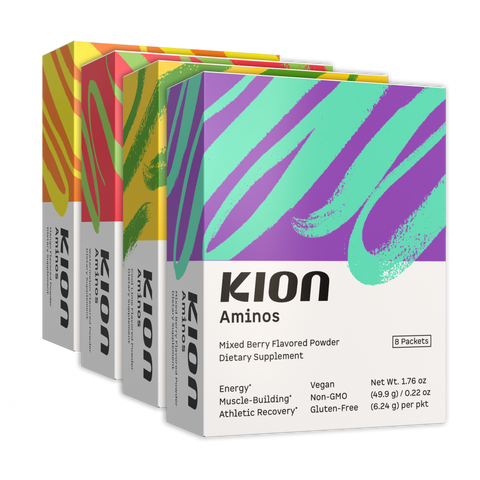
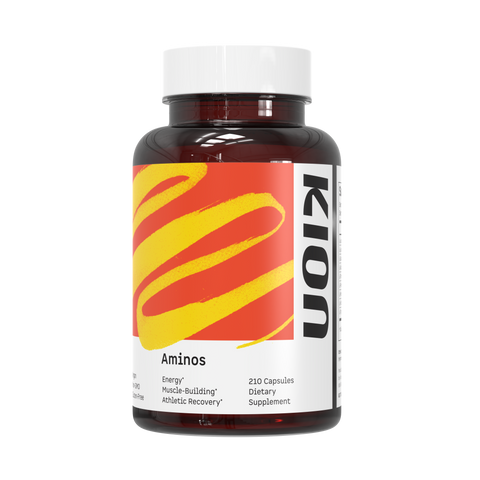
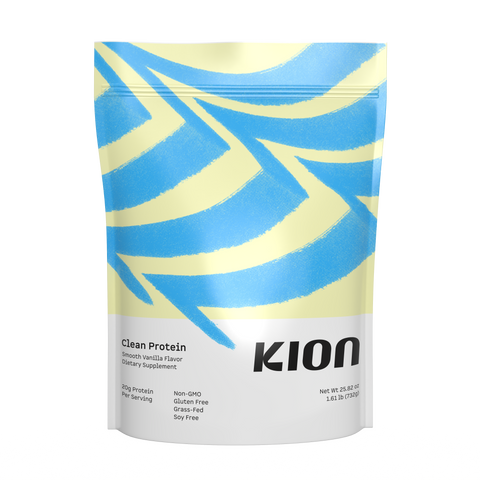
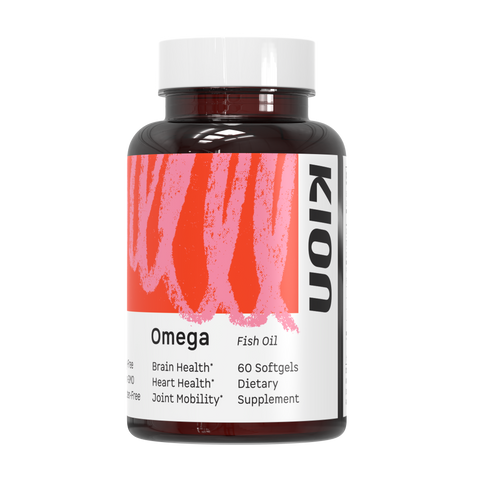
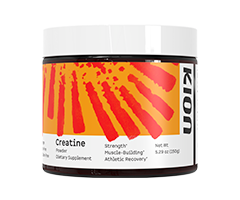
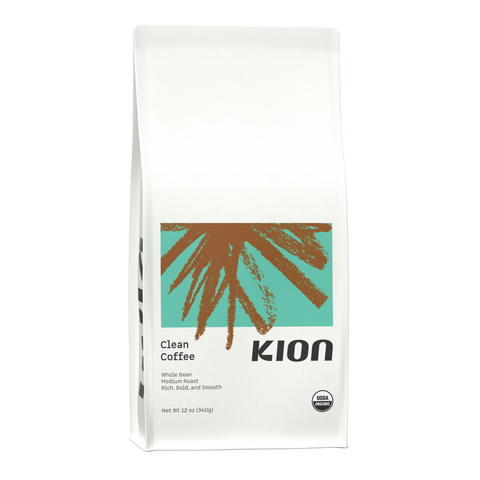
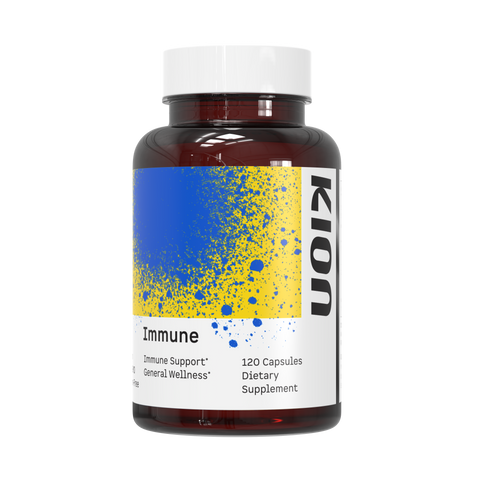
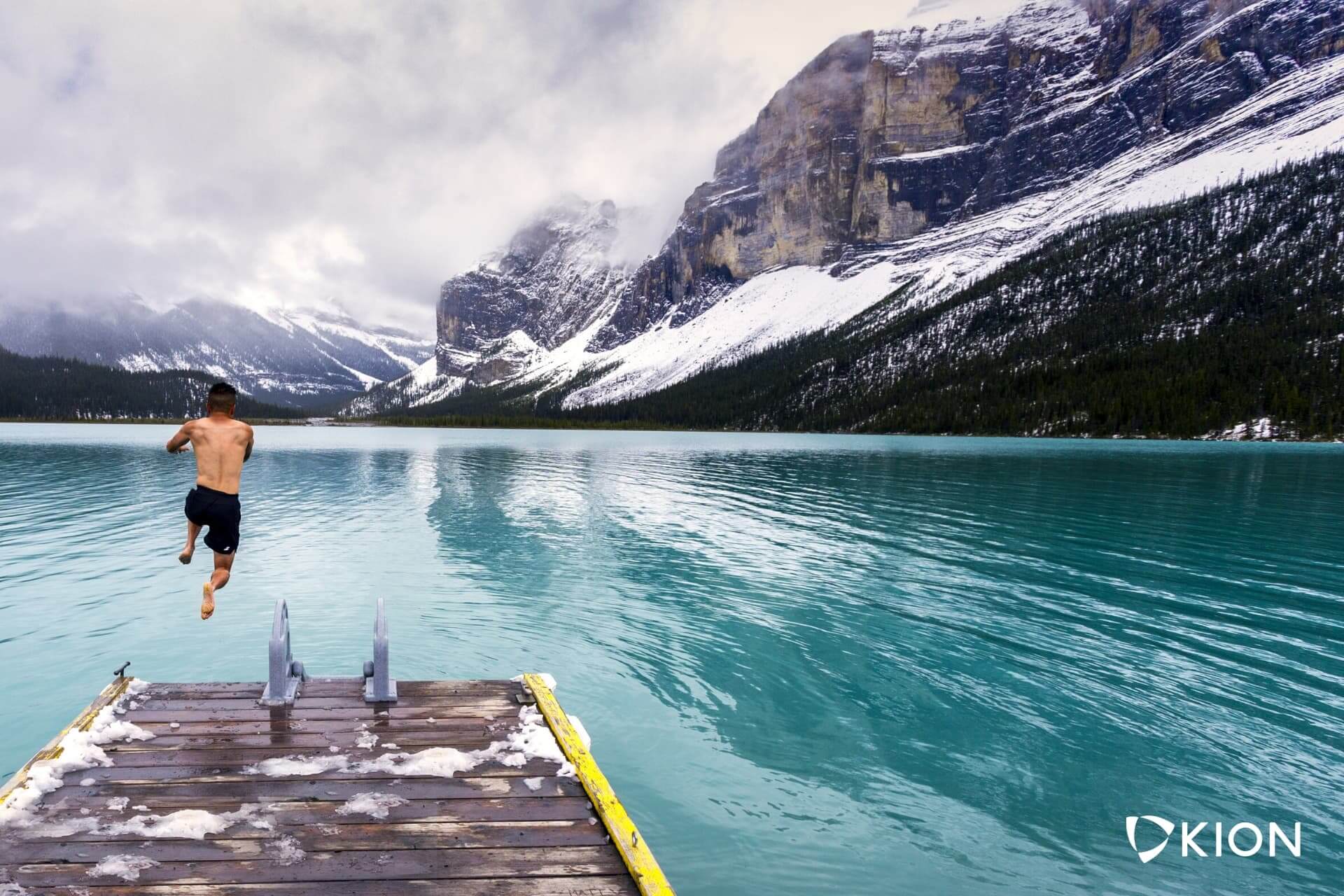

Comments
Sounds intriguing. How cold does the water have to be in the shower and for how long do I need to stay in there to reap the benefits? Does it matter if I start out with warm temp and then go colder or should I go full blast cold from the start?
———
Kion replied:
You can absolutely start with a warm shower before you go cold! In terms of time, that will be dependent on the temp of your water, but regardless of how cold or not your shower gets, our best advice is to start slow – one can benefit from even 30-60 seconds of exposure – and work your way up from there.
Peggy on
looking forward to getting benefits
Anonymous on
I’m ready to join in all things cold.
Anonymous on